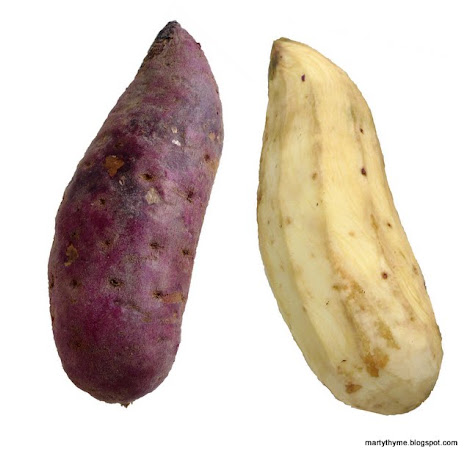 |
| Marmite oatmeal cheese biscuits |
Some people lick their lips at the sight of a bottle of
Marmite, but for others, I bet even reading the word Marmite makes them go “blecch”.
I have to admit, I wasn’t fond of Marmite (and its beefy cousin,
Bovril) as a child, but I think it had a lot to do with the rice porridge it was added to. I wasn’t averse to the yeast extract on its own, but I always associated it with congee (
this site provides lengthy background information) because Marmite was stirred into the rice porridge for taste (and nutrition) and I didn’t – and still don’t – like rice porridge (I associate it with being ill – I’m not the only one; although
Fuchsia Dunlop likes it). But later, I discovered Marmite was good with other things, like toast, and developed a liking for it (and the Australian version,
Vegemite).
Two tablespoons of Marmite might seem a lot in this recipe, but if you’re going to go that way, then go all the way, right? The Marmite doesn’t really overwhelm – it just adds a pleasant yeasty saltiness to the taste. In fact, I think I may add more the next time I make these biscuits.
I got the idea for these snacks from Dan Lepard’s recipe for
Red Leicester Seed Biscuits. There’s no Marmite in Mr Lepard’s biscuits, but in his introduction, he compares caraway seeds to Marmite – how they’re both an acquired taste – which made me think of using the two ingredients in one item. How’s that for inspiration?
As for the seeds, I use three other types apart from the caraway: onion seeds and a combination of blue poppy and white sesame seeds.
 |
| Brushed with egg white and rolled in seeds |
My digital scale has gone haywire – the display jumps about without stopping at any number – so I have given cup measurements here. But this biscuit is quite forgiving. Initially, I didn’t include any flour, but after mixing up the dough, it felt a little too wet and I added half a cup.
MARMITE OATMEAL CHEESE BISCUITS
Makes about 20
1 cup rolled oats
½ cup all-purpose flour, sifted
Large pinch of salt
A few grindings of black pepper
¼ teaspoon cayenne pepper
2 cups finely grated cheese (sharp Cheddar, Red Leicester, Emmenthal)
2 tablespoons Marmite
125g (½ cup) unsalted butter, room temperature, cut into pieces
Lightly beaten egg white
Seeds (caraway, sesame, poppy or onion seeds)
- Place rolled oats in a food processor and process until fine, 20 seconds. Add flour, salt, black pepper, cayenne pepper, cheese, Marmite and butter to the food processor bowl and pulse until ingredients are combined and come together; do no over-process.
- Divide dough into 2 or 3 portions. Place each portion onto grease-proof paper and roll tightly into a 4cm-diameter log; twist the ends of the paper firmly. Freeze for 30 minutes.
- Remove from freezer and unwrap. Stand the logs upright and brush with egg white. Roll in the seeds so the sides are well coated (see picture above). Re-wrap the logs and freeze until ready to bake.
- Turn on oven to 180°C. Unwrap the logs and slice into ¾cm-thick rounds. Place on an ungreased baking tray and bake until golden, about 20 minutes. Transfer to a wire rack to cool; store in an airtight container for up to 5 days.
PRINTABLE RECIPE



